Inside Dugway Proving Ground, where scientists work with the world's deadliest chemical and biological weapons in a top-secret military zone
Dugway Proving Ground is a sprawling army base in remote Utah.
It has a checkered past of exposing US troops to weaponized pathogens and accidentally releasing a deadly nerve agent in 1968.
Despite those incidents, the army base mostly has a good safety record, according to the Pentagon.
Behind tall barbed wire fences, scientists at Dugway Proving Ground, a military base covering 800,000 acres in rural Utah, have been examining some of the world's deadliest chemicals and biological agents for decades.
While the remote army base used to be responsible for creating chemical weapons — and, at one point, testing them on US soldiers — it now only analyzes them.
But even that isn't entirely safe.
"The reality is what we deal with is very, very dangerous material," Dugway's then-commander Col. William E. King IV told reporters in 2011.
In 2014, Dugway inadvertently sent out several doses of anthrax, a lethal agent, around the country and to Korea. A later report found that Dugway had failed to follow standard procedures — and use enough radiation — to kill the anthrax samples.
The US is destroying its arsenal of chemical weapons, such as VX gas, to meet a treaty obligation that its entire stockpile is eliminated by September 30.
Dugway Proving Ground is a sprawling military base used for military maneuver training and testing of dangerous chemical and biological weapons.
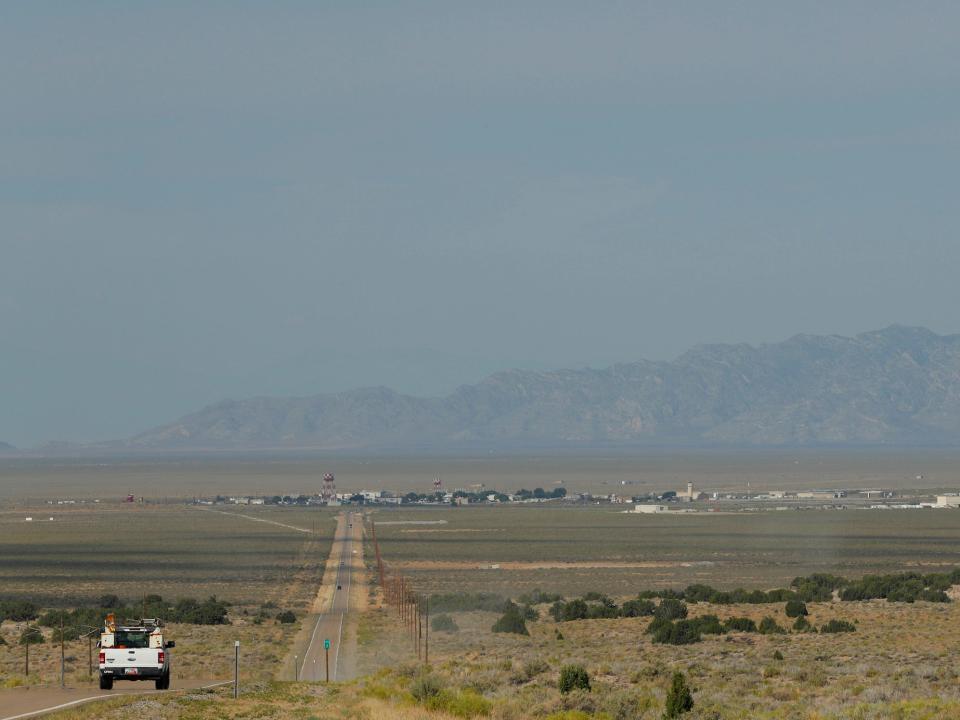
It's about 85 miles southwest of Salt Lake City, Utah.
Sources: Salt Lake Tribune, BBC, Deseret News
It's in one of the most isolated areas in the US, known for rattlesnakes and wild horses. This remoteness attracted the Army to build the facility in the early 1940s.
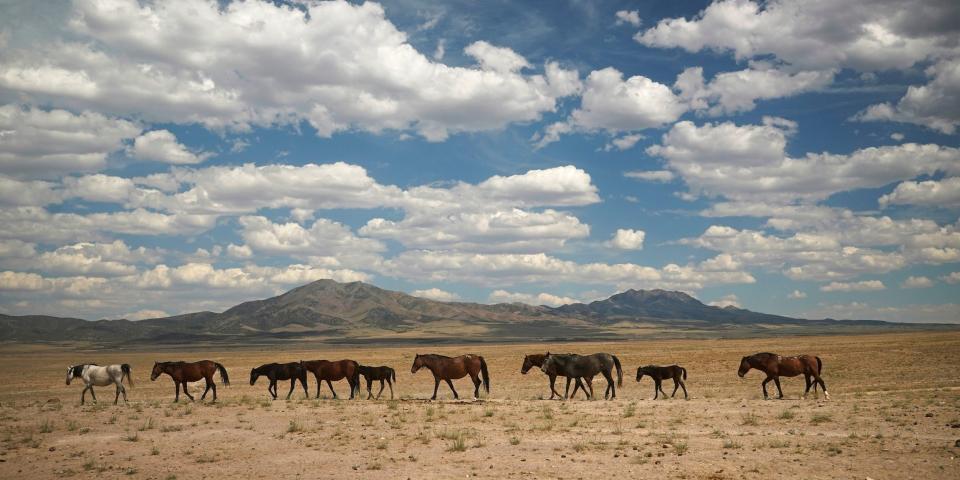
Sources: MilitaryBase, Salt Lake Tribune, BBC
President Franklin D. Roosevelt greenlit the military base in the aftermath of the Pearl Harbor attack. He originally set aside 127,000 acres, but Dugway now covers about 800,000 acres — larger than the state of Rhode Island.
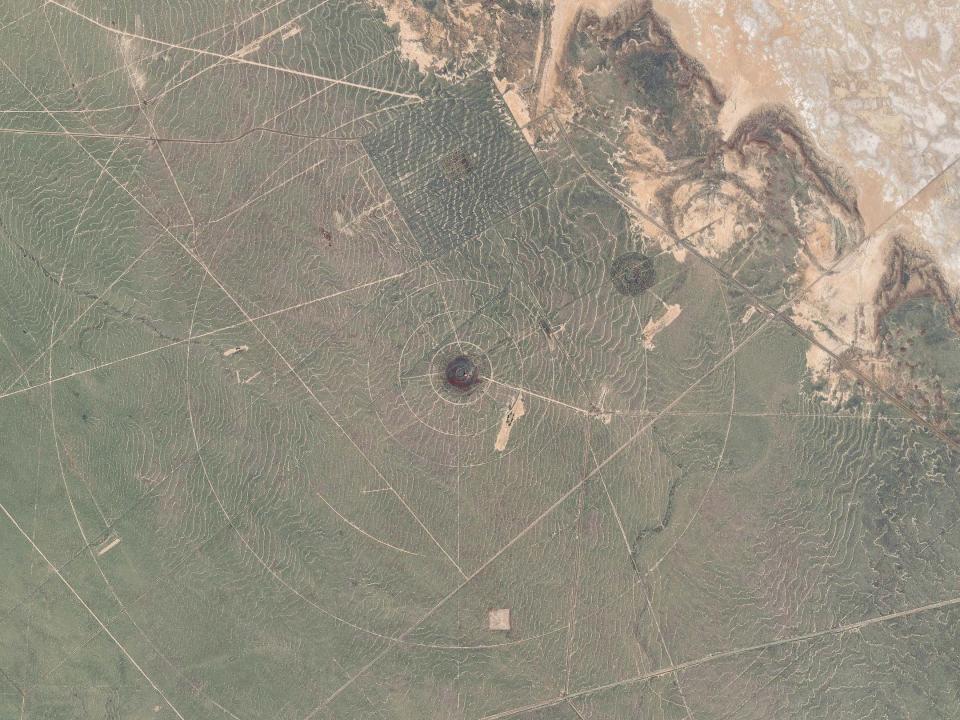
Sources: Guardian, APJJF, Popular Mechanics
The base began operating in 1942 to show soldiers how to firebomb towns.
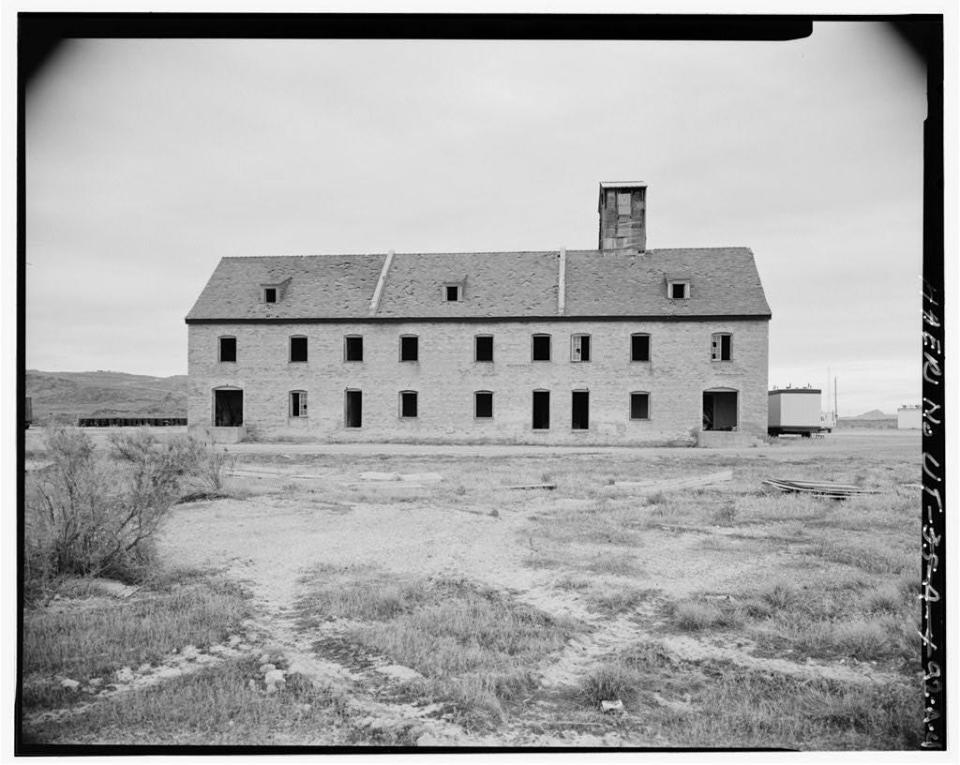
They recreated 24 mock Japanese towns and six German towns, using architects and authentic furniture and fittings from both countries, then they bombed them dozens of times.
Soldiers also trained with chemical sprays, toxic agents, and flamethrowers.
Sources: APJJF, HistoryToGo
It was deactivated at the end of World War II but reactivated during the Korean War with a new focus on chemical weapons.
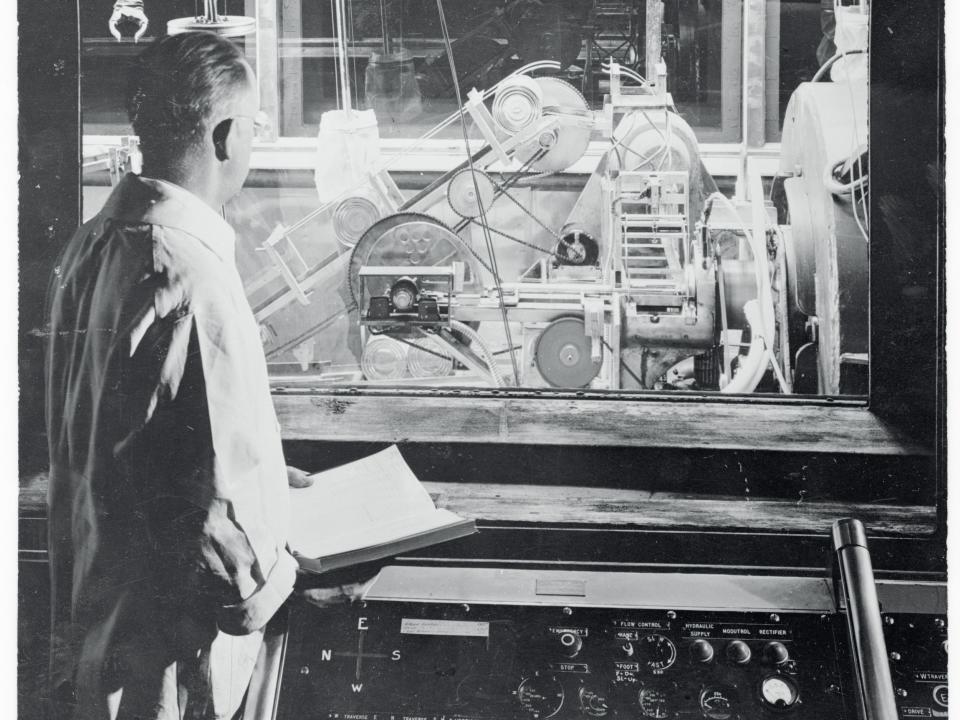
Scientists also experimented with radiation in the 1950s.
Source: Insider
One Dugway operation included researching how to weaponize fleas and mosquitoes to turn them into bacterial weapons called Operation Big Itch and Project Bellwether, respectively.
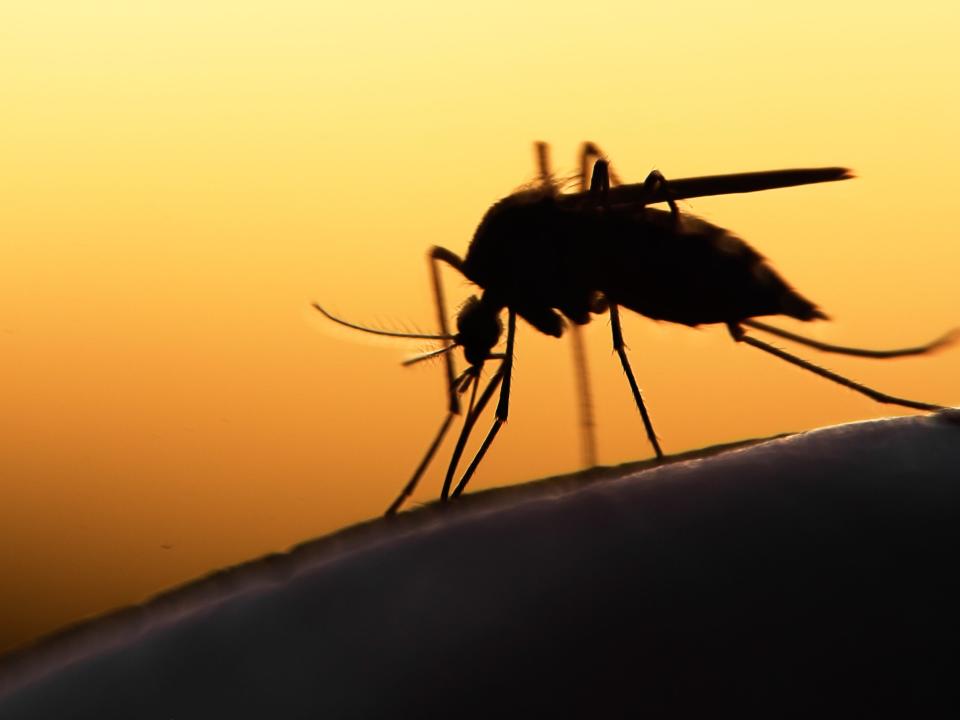
Operation Big Itch involved dropping thousands of fleas out of planes to see if they could survive.
Project Bellwether went further and performed experiments where infected mosquitoes bit humans, though the mosquitos were infected with inert diseases.
Source: Insider
During the Cold War, Dugway scientists undertook another darker project, exposing US troops to weaponized pathogens, as well as nerve gas and hallucinogens, to see the effects.
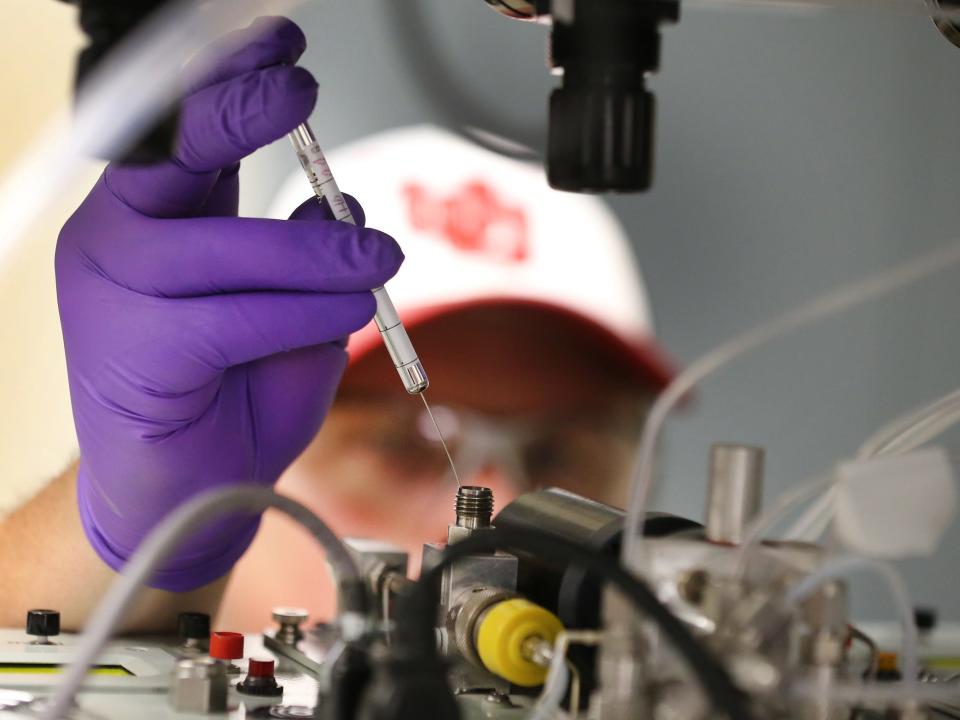
More than 5,800 service members underwent the testing.
While the army originally believed the testing was safe, it was revealed during a 1994 Senate hearing that the army stopped using the stimulants after researchers realized it wasn't as safe as previously thought.
Dugway wasn't the only base where it happened, but, it was one of the main testing grounds, according to The Daily Beast.
According to Edward Bartling, a former corporal who worked at Dugway, there was also an area on the base called the "dog area," where all sorts of animals were used to test how effective protective gear was from different agents.
In 2008, he told Deseret News, they used all kinds of animals.
"Anything you can think of besides elephants and giraffes," he said.
Sources: Daily Beast, Insider, Deseret News
In the late 1960s, Dugway's chemical weapon research came to an end after open-air research tests of a nerve gas resulted in the death of thousands of local sheep.
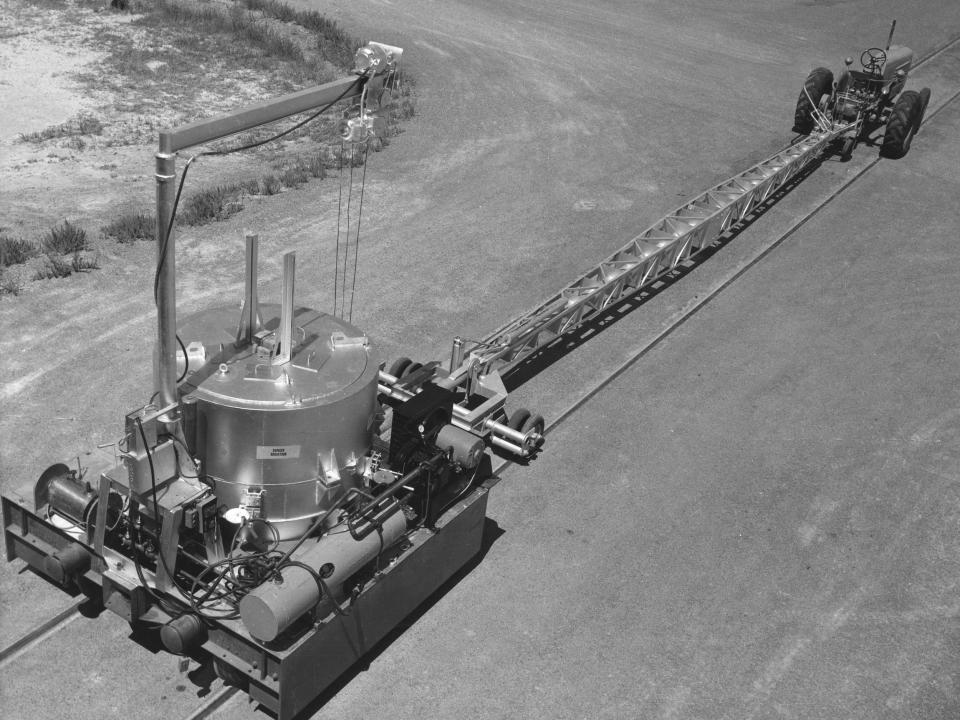
It all began to fall apart in 1968 after Dugway conducted open-air tests using the nerve gas, VX. Hundreds of gallons of it were sprayed from an aircraft over a testing site. The wind caught the nerve agent and ended up killing 6,400 local sheep.
Around 4,300 sheep were directly killed, and another 1,877 had to be killed due to the lingering effects of the nerve gas. The army took more than a year to admit responsibility, but in an attempt to end bad publicity, it paid farmers more than $1 million in compensation.
Investigative journalists Drew Pearson and Jack Anderson wrote in a column published in 1968 that the incident had "caused an urgent reappraisal of the safeguards at other chemical and biological warfare centers."
"For it is known that the Army is experimenting with paralyzing, odorless gases and deadly mutant microbes in more populated places than the sagebrush country of western Utah," they wrote in The Washington Post.
The following year, several animals near Dugway were found infected with a rare disease called Venezuelan Encephalitis. Symptoms included brain bleeding, diarrhea, weakness, and eventually death.
The disease could be used as a biological warfare agent since it could disable massive amounts of people.
Sources: Washington Post, Daily Beast, HistoryToGo, Daily Beast, Deseret News, Capital Research
In 1969 and 1970, after a widely-watched NBC News report on the dead sheep, the public turned against producing chemical weapons.
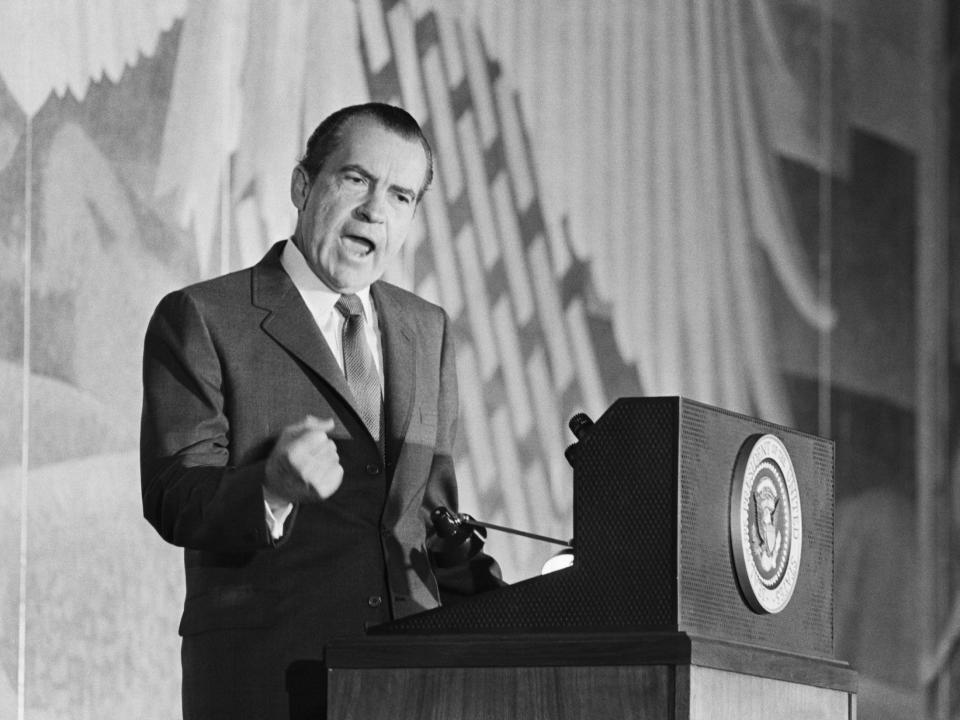
Dugway's research budget was also cut by 60% due to the controversy.
Sources: Washington Post, Daily Beast, HistoryToGo, Capital Research
In the following decades, Dugway was still used for military projects like missile testing.
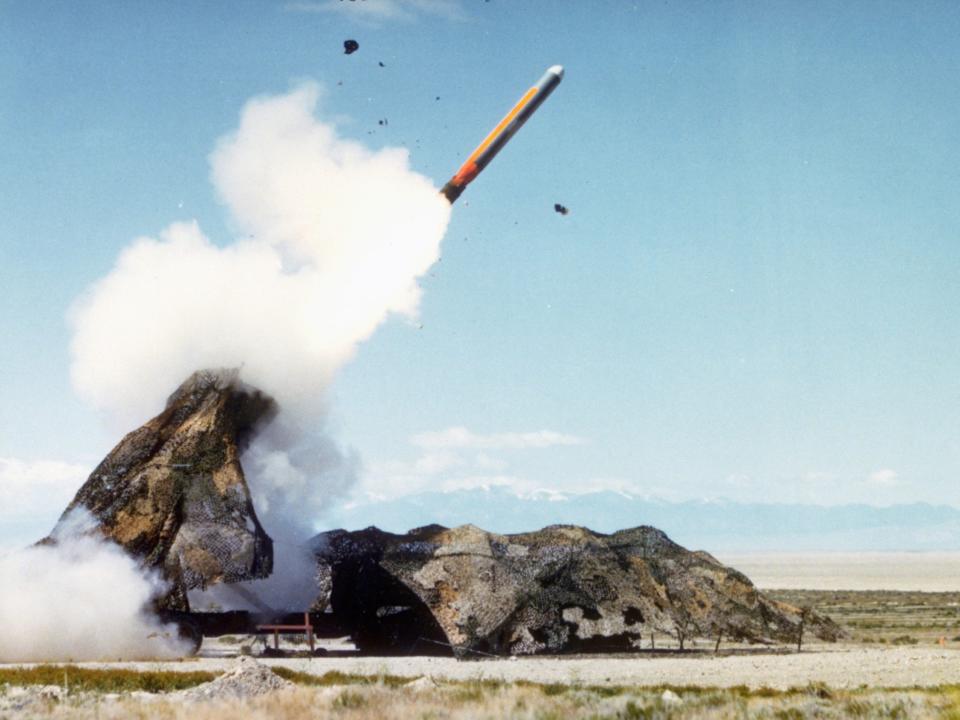
Source: HistoryToGo
But it wasn't until the early 1990s, as the US grew concerned about Russia and the Middle East using chemical and biological agents, that Dugway resumed its research into it.
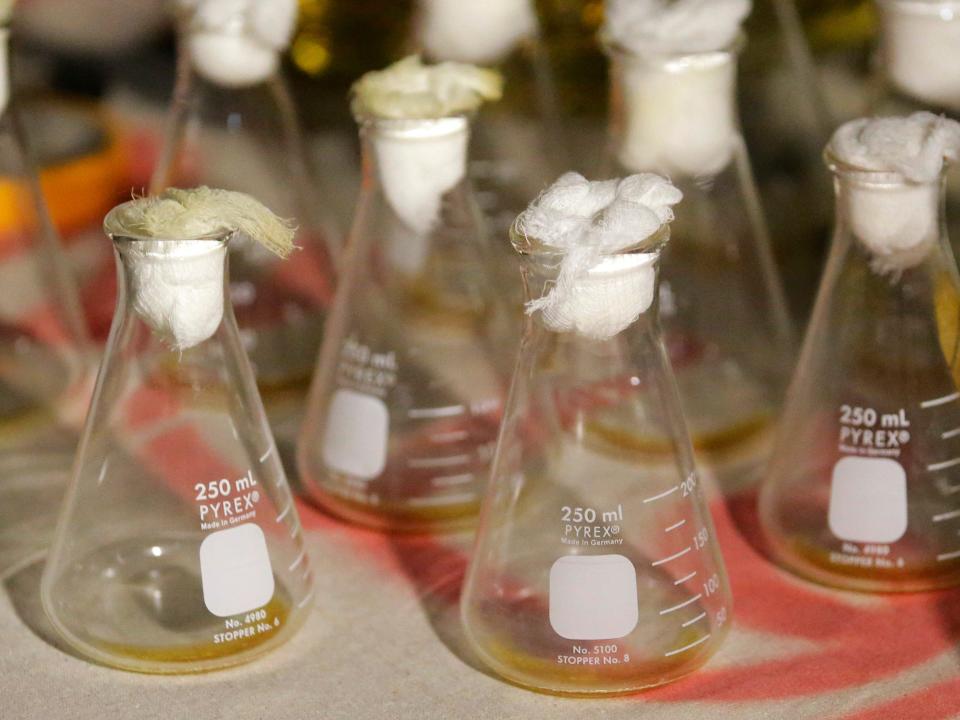
In 1991, Dugway released a list of possible substances it would study, including a germ that caused Anthrax, a germ that caused Q fever, and a toxin related to botulism, among others.
Dugway didn't release a second list of pathogens it would be testing, since it was classified information.
Sources: HistoryToGo, Deseret News
These days, Dugway's work is about safeguarding, according to numerous statements made to the media.
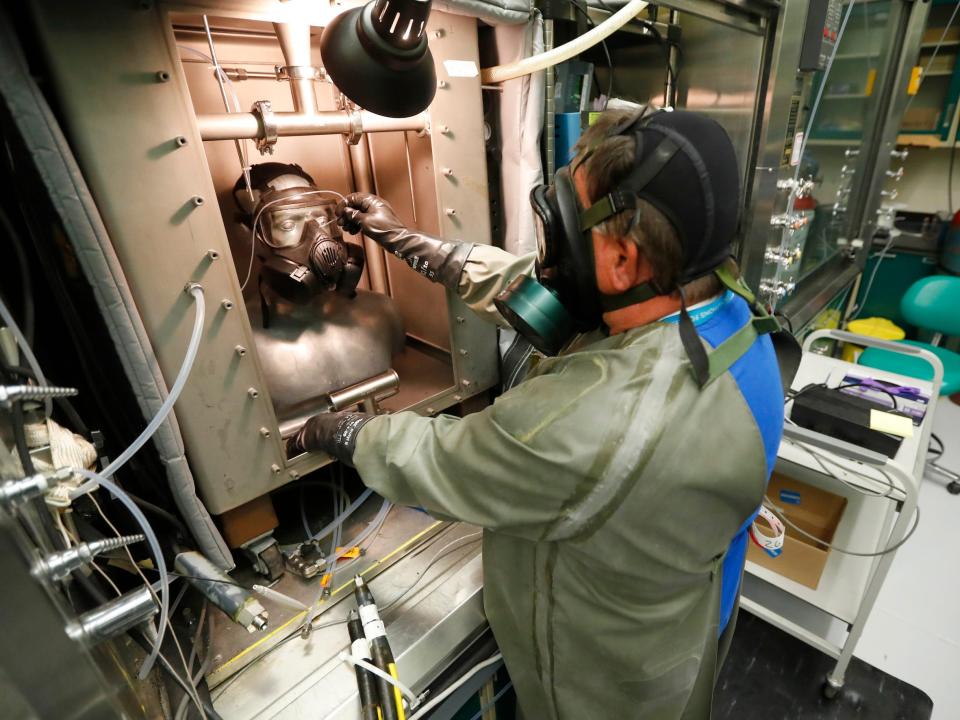
In 2016, Dugway's West Desert Test Center director Ryan Harris told FOX 13: "When it comes to chemical and biological materials, it's all defensive."
Source: FOX 13
The base has 1,400 residents, along with an elementary school and a high school, and several chain restaurants, including Subway.
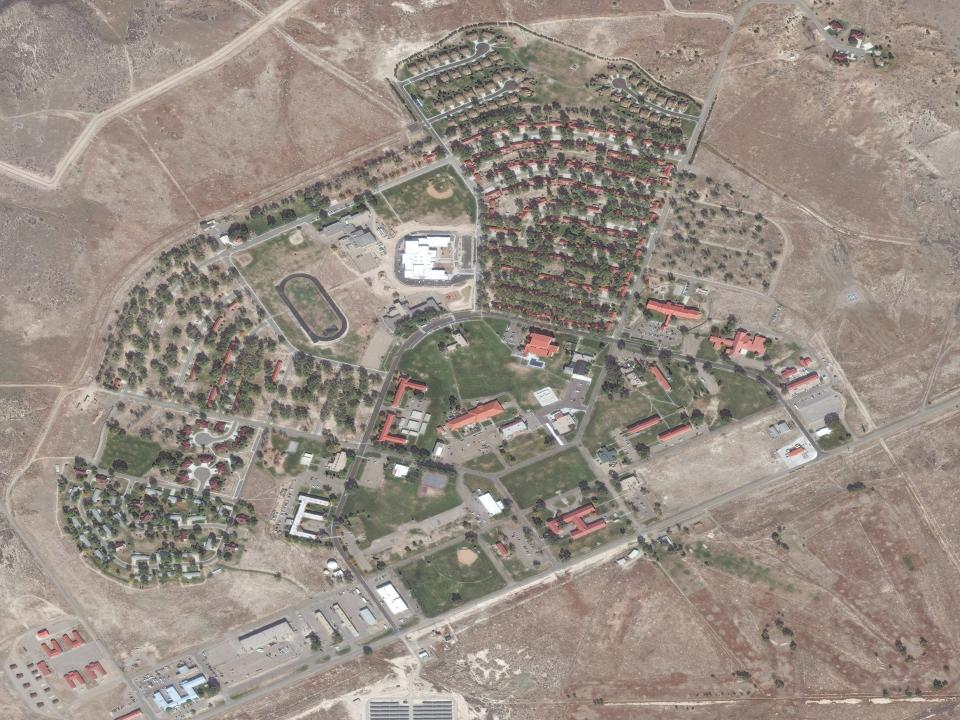
Source: Utah Stories
Inside the chemical testing division, there are two types of labs.
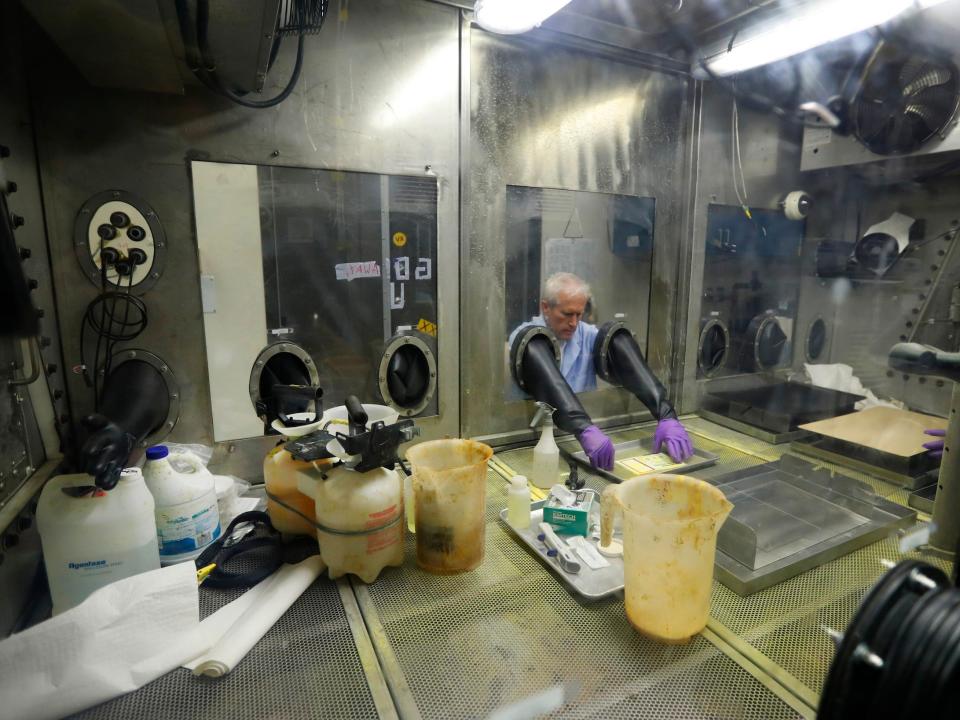
One is for researching different chemical components. The other is for building and evaluating equipment that's meant to protect soldiers from chemicals.
Source: CNET
Dugway has another division for biological agents.
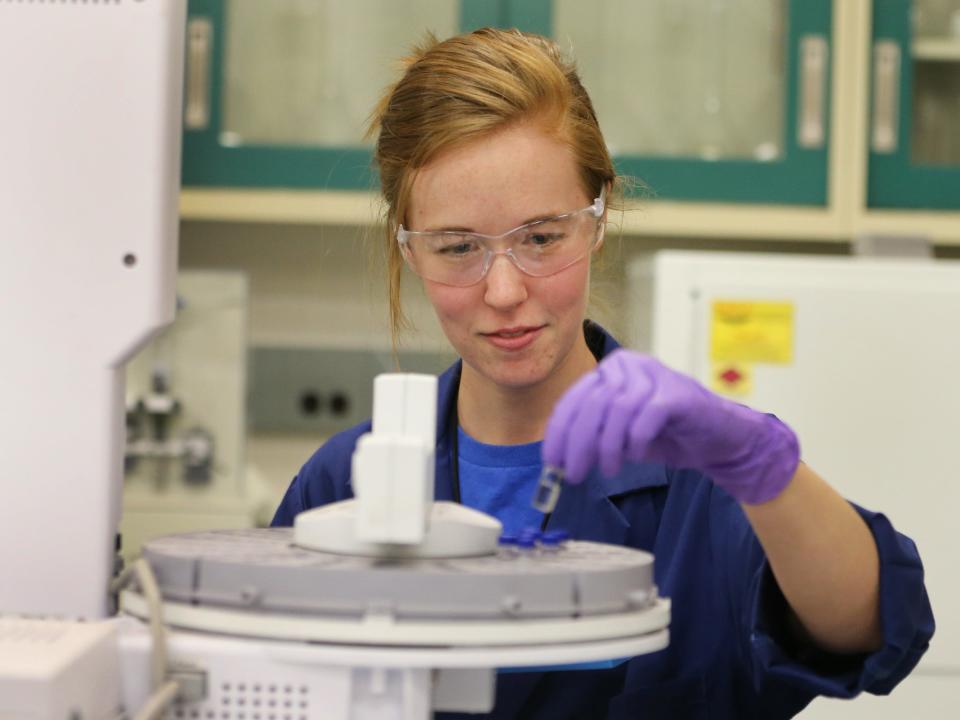
This division focuses on objectives like training soldiers to deal with weapons of mass destruction, researching aerosol technology, and working on antigen production.
Source: CNET
The military base also operates as a training ground for soldiers. In some instances, old shipping containers connected with foam and wooden frames were used to create a mock-subterranean tunnel that they use for exercises.
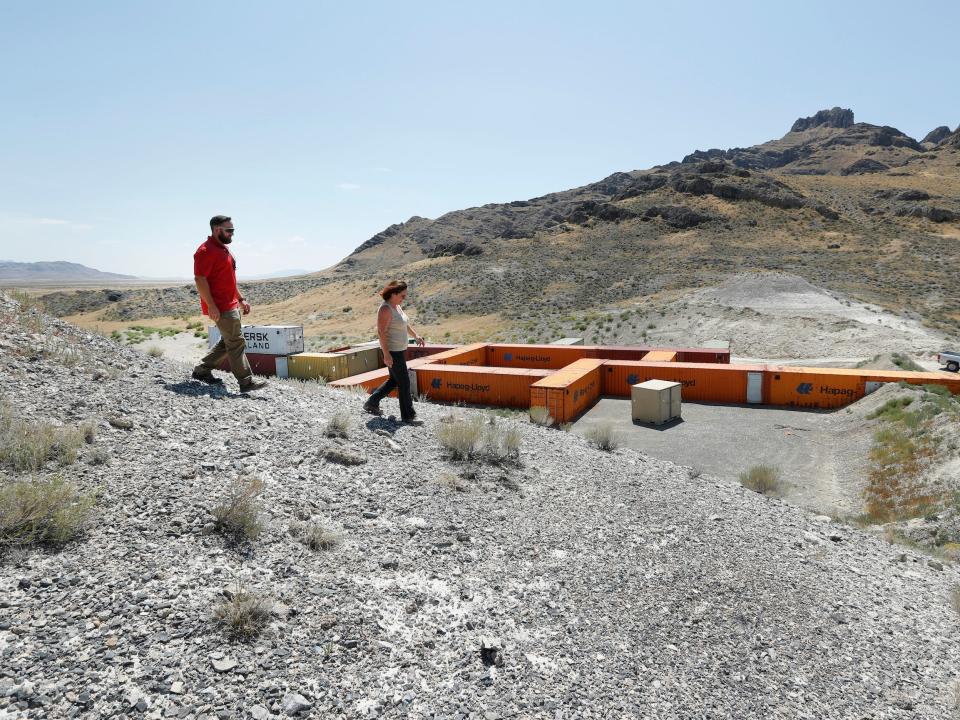
Source: Salt Lake Tribune
The tunnels have lights, but they are often left off so that training is done in the dark, making it more realistic.
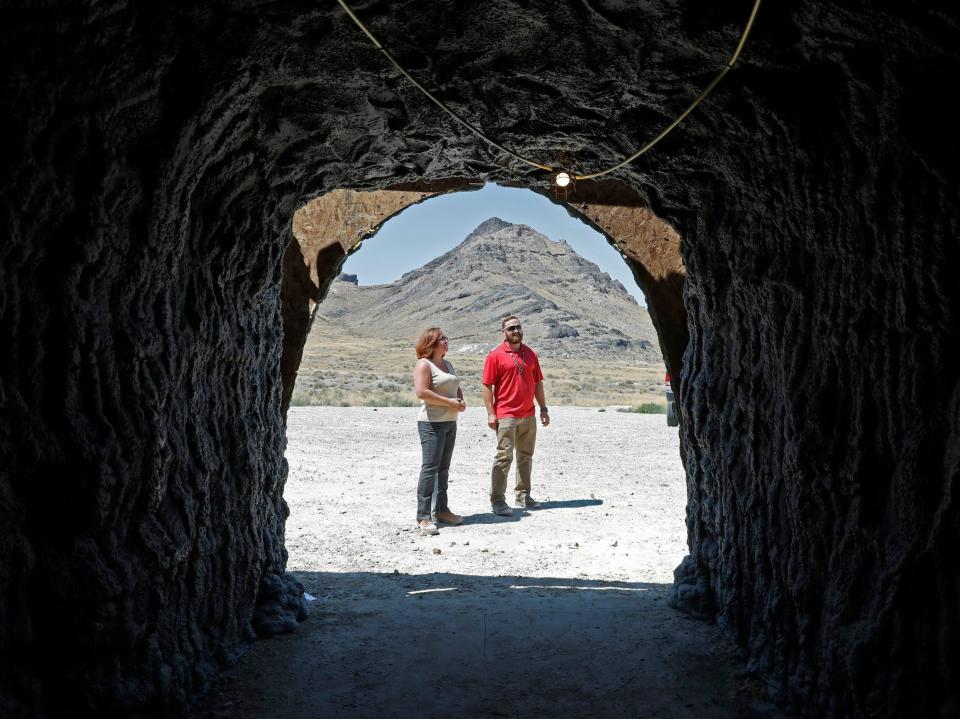
Source: Salt Lake Tribune
Soldiers rehearse scenarios like searching for weapons of mass destruction and finding Petri dishes alerting them to the fact bacteria has been manufactured.
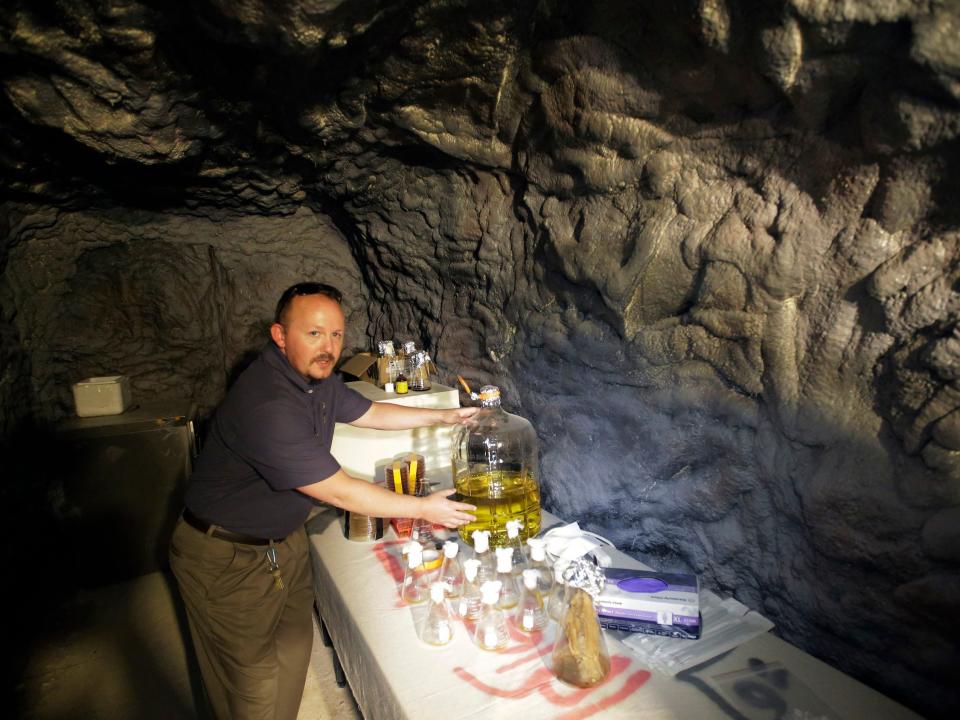
Another training involves testing artillery rounds for radiation.
Sources: Salt Lake Tribune, Insider
Dugway has worked to become more transparent in its operations, but a lot of what goes on behind the barbed wire is still top secret.
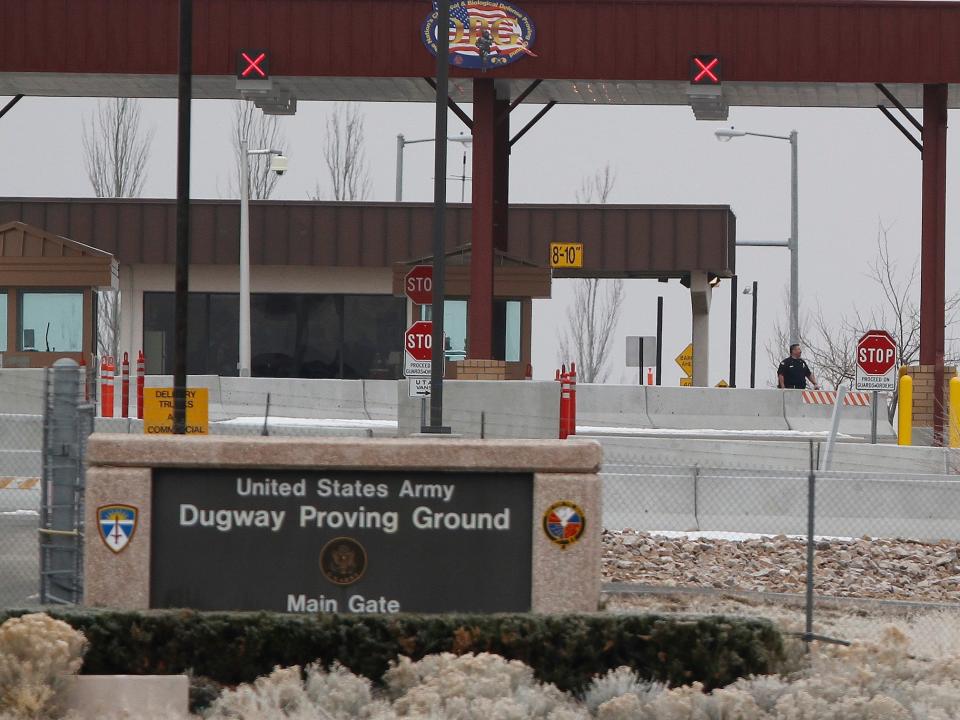
Some groups have nicknamed it "Area 52" due to speculation about aliens after having seen some supposedly strange things. It was even featured in an episode of "UFO Hunters."
Sources: Insider, History.com
Dugway has made also headlines several times in the last two decades for errors scientists made while handling deadly agents.
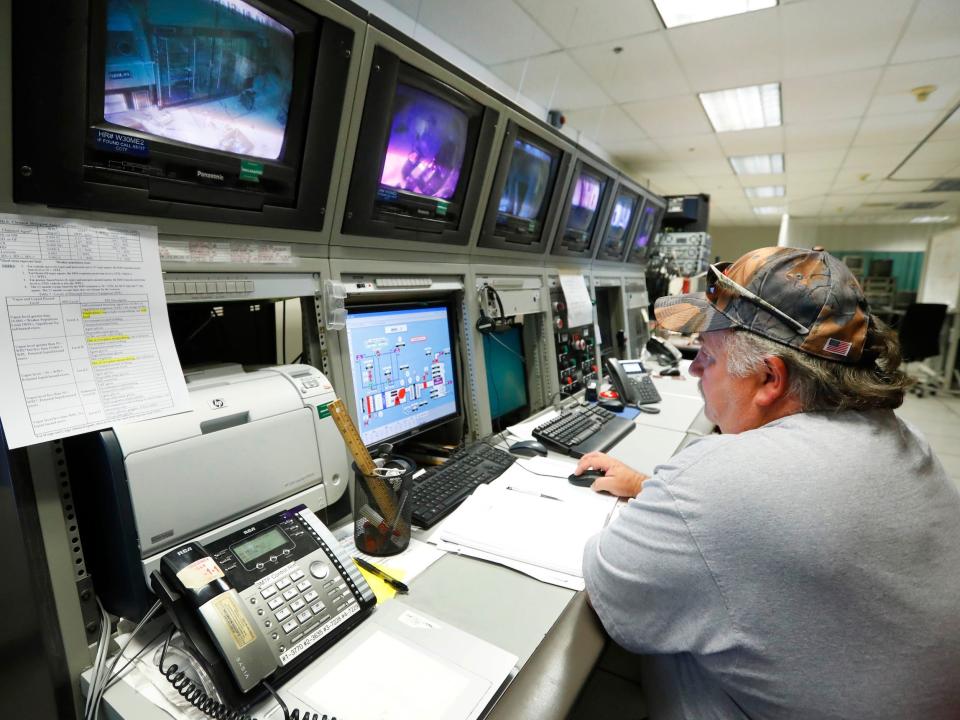
Source: BBC
In 2011, Dugway had to lockdown after a vial filled with about a quarter of a teaspoon of a nerve agent went missing. No one could enter or leave the base for hours. It was later found and held to be a non-malicious accident.

Source: BBC
In 2017, a scathing CDC report found that, in 2014, Dugway had failed to follow standard procedure — and use enough radiation — for killing anthrax, a lethal agent, before sending out live samples to laboratories in 21 states as well as to one in Korea.
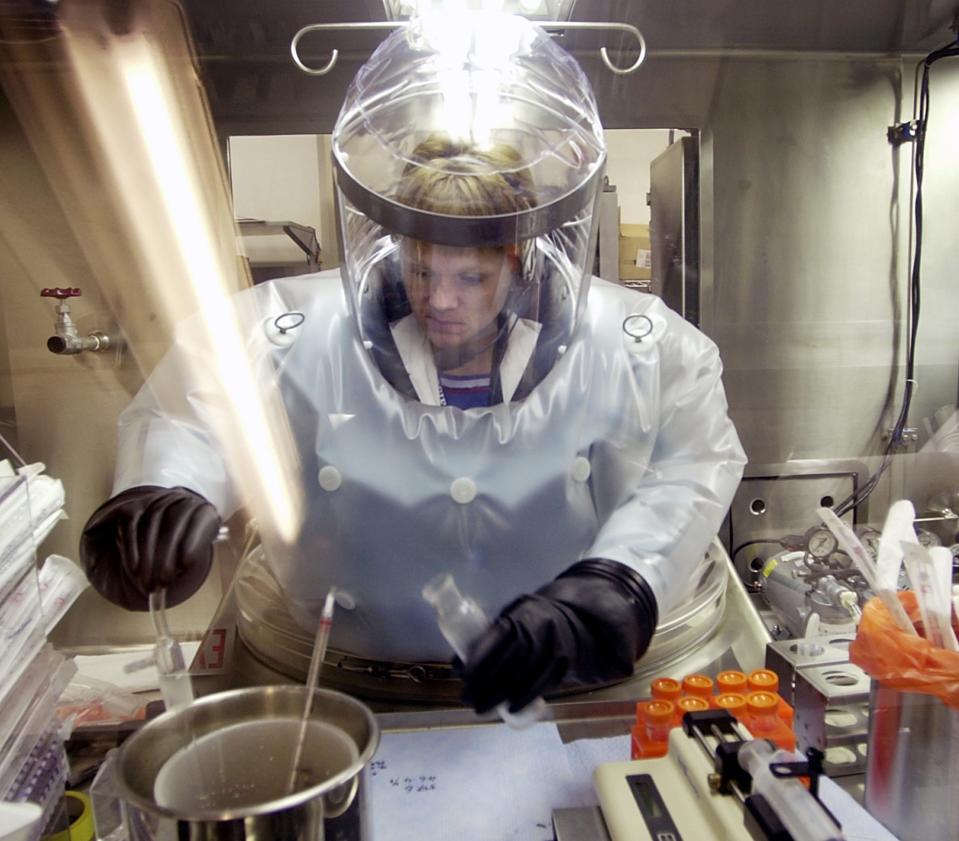
Sources: Daily Beast, Daily Beast
The report was particularly brutal about Brig. Gen. William King, who the report said was not qualified to run Dugway's biosafety procedures.
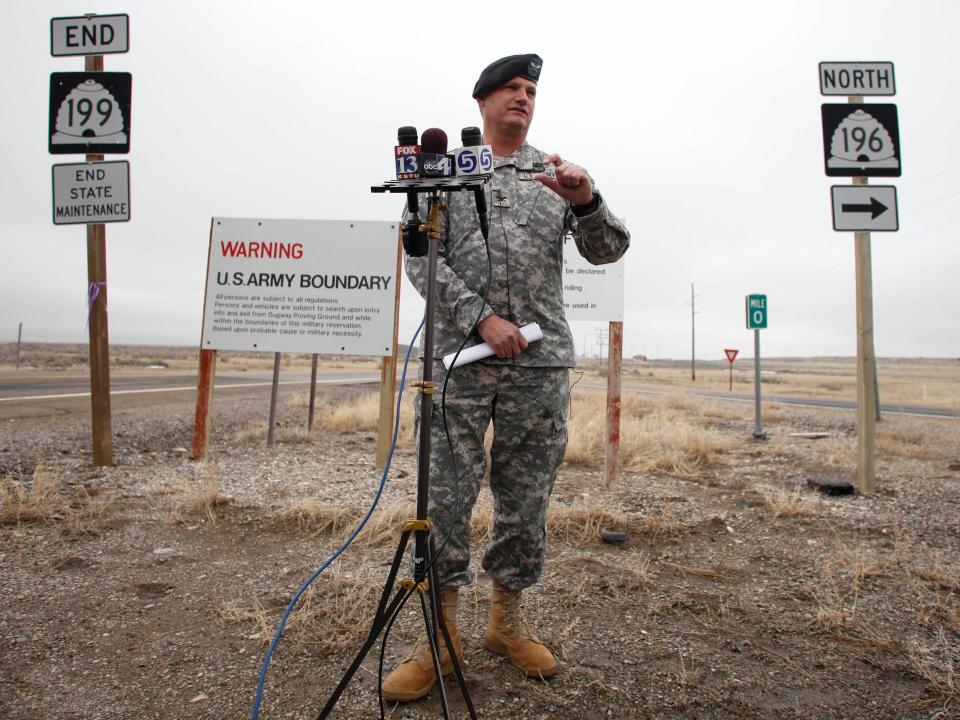
It also said that he had minimized different incidents and regularly defected blame.
The report found staff had been making dangerous explosives in kitchen-standard pots and pans and in 2013, one contractor had blown off a section of his hand when he tried to mix an explosive compound.
Despite those incidents, the army base mostly has a good safety record, according to the Pentagon. The Occupational Safety and Health Administration recorded one work-related injury at the base over the past three years, according to logs obtained by The Daily Beast from the Department of Defense.
However, OSHA only records government employees' wounds, not contractors like the 2013 incident.
Sources: Daily Beast, Daily Beast
But Dugway survived the controversies. In 2016, then-commander Col. Sean Kirschner told ABC4 the work being done there was crucial for national security.
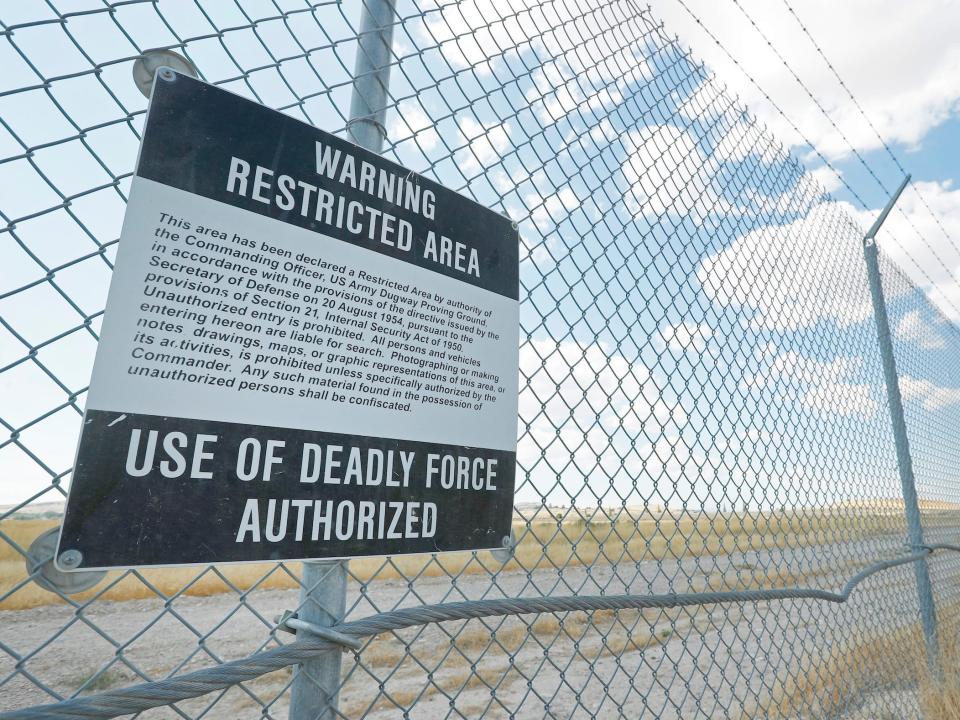
In 2021, the Salt Lake Tribune reported Dugway hosted a two-week event where different military groups worked together using new technologies to prepare for future wars.
It was the first time an event of its kind had been hosted there, and, according to the Tribune, it could mark the beginning of a new focus for Dugway.
Sources: ABC4, Salt Lake Tribune
Read the original article on Business Insider

